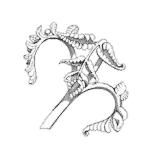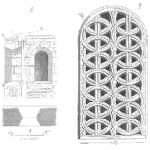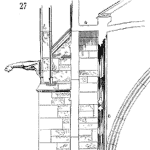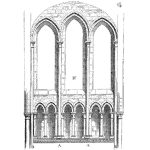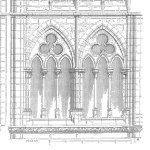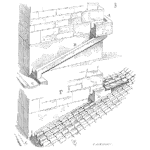
How do you decide what level and type of maintenance to use on an individual item of plant and its sub-assemblies? Not all equipment is equally important to your business. Some are critical to production and without them the process stops. Others are important and will eventually affect production if they cannot be returned to service in time. While other items of plant are not important at all and can fail and not affect production for a very long time. [Read more…]
